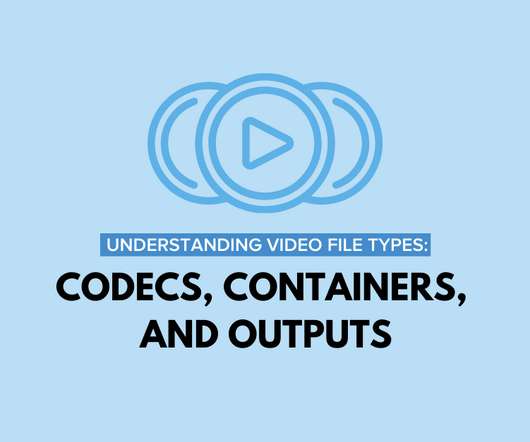Updates On HTML5 From Google I/O
Upside Learning
MAY 20, 2010
On day 1 of the I/O Google has made many announcements like release of open source, royalty-free video format WebM, Chrome Web store, opened up Google Wave, released open source Font API and directory etc. The two announcements which would make the HTML5 development easier and less time consuming are –.

















Let's personalize your content